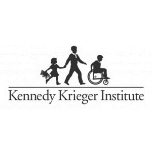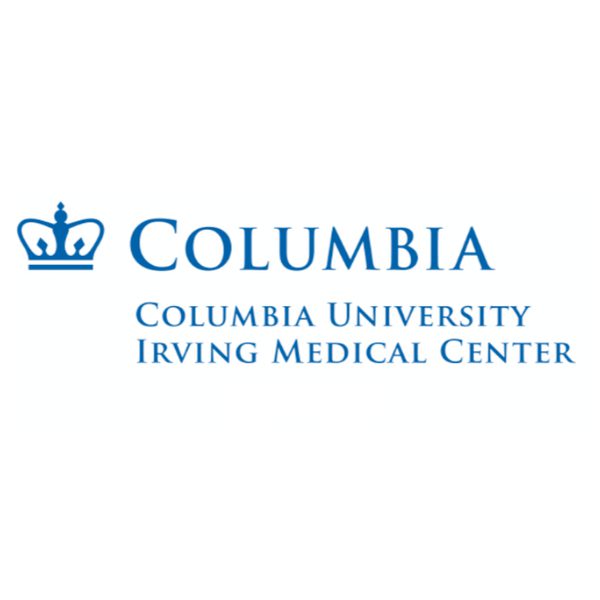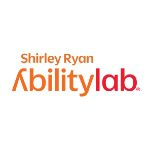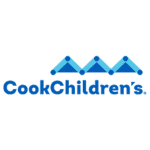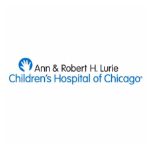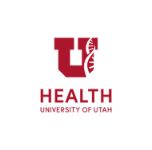With U.S. based partners United Cerebral Palsy (UCP) and Cerebral Palsy Research Network (CPRN).
Site PI: Kennedy Krieger Institute
Vera Joanna Burton

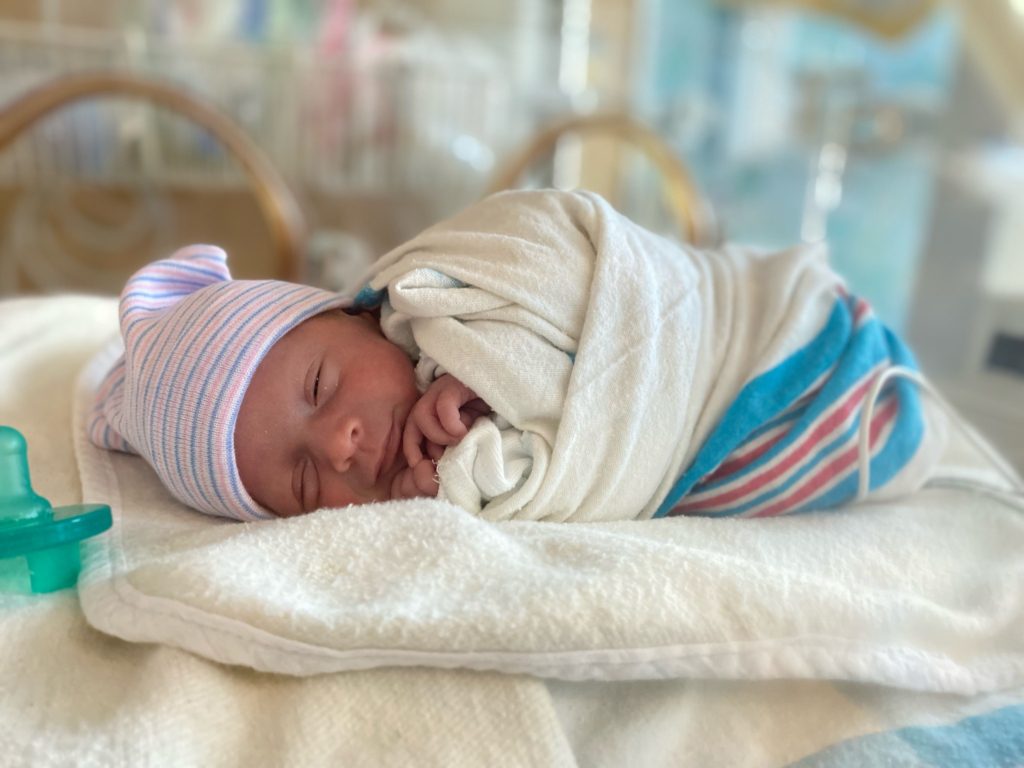
Early Detection & Intervention
Time is of the essence – delaying diagnosis means delaying vital interventions that can significantly impact outcomes. Early identification allows for timely access to specialized treatments, therapies, and support services that not only enhance the child’s development but also support families.
Establishing an Early Detection & Intervention Network for Cerebral Palsy across the U.S. and globally to improve health outcomes for children with cerebral palsy.
The Cerebral Palsy Foundation (CPF) is leading a national and global movement to detect and intervene earlier in the lives of children with or at risk of cerebral palsy. Through our Early Detection and Intervention Network, we are transforming how cerebral palsy is identified and supported—shaping better futures through timely care, empowered families, and equitable systems.
Our Mission: Early Detection and Intervention for Every Child
Early diagnosis matters. It provides families with clarity, access to critical supports, and the opportunity to maximize neuroplasticity during a child’s most rapid developmental period. Yet, in too many places, delays in diagnosis result in missed opportunities for early, evidence-based care.To address this, CPF has established the first-of-its-kind Early Detection and Intervention Network—a collaborative, evidence-driven initiative spanning the U.S. and extending to global partners.
We Are Building A Network of Leading Clinics and Hospitals:
Why It Matters
Our Role as a Catalyst for Systems Change
CPF’s leadership in early detection and intervention is grounded in implementation science, equity, and partnership. From pioneering large-scale training efforts to co-developing national clinical guidelines, we are not just advancing research—we are ensuring that it reaches the children and families who need it most.
Planning is underway for the 2025 Early Cerebral Palsy Health Summit on September 6-7, to be held in Atlanta Georgia.
The 2025 Health Summit will share new pathways for translating knowledge into practice for the Implementation of early detection and intervention of cerebral palsy from the best researchers and clinicians in the field.
We will be offering in-person implementation workshops, a limited selection of in-person HINE, HNNE, GMA, and Intervention training at Emory University in Atlanta, GA.
We want you to SAVE THE DATE!
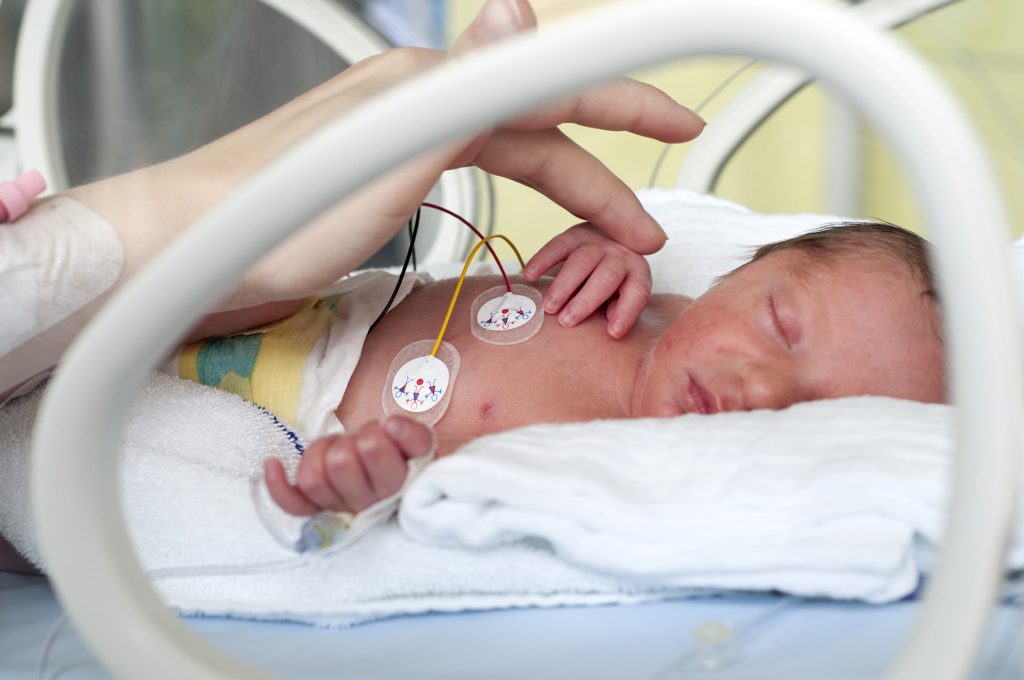
The 2025 Health Summit will share new pathways for translating knowledge into practice for the Implementation of early detection and intervention of cerebral palsy from the best researchers and clinicians in the field.
The Early Cerebral Palsy Health Summit will share new pathways for translating knowledge into practice for the Implementation of early detection and intervention of cerebral palsy from the best researchers and clinicians in the field. New research published reflects that diagnosis of cerebral palsy can now be made in babies less than one-year of age – marking a significant advance in the way high risk infants are diagnosed, families supported and outcomes improved.
During this conference, researchers will partner with clinicians who have successfully implemented the components of best
evidence in early detection and intervention in clinical settings, to guide attendees in developing systematic processes for implementing guidelines in their home programs. Presenters will provide a brief overview of the guidelines, key building blocks and basics of implantation science necessary for successful implementation. For each workshop, researchers will present best evidence from systematic reviews. Data and examples of varied yet successful implementation of elements of early detection and intervention will be presented, followed by facilitated group discussions of common barriers, solutions and interactive learning sessions.
The Hammersmith Infant Neurological Examination (HINE), has been proposed as one of the early neurological examination tools for the diagnosis of CP. It is a simple and scorable method designed for evaluating infants between 2 months and 24 months of age. It includes 26 items that assess different aspects of neurological examinations such as cranial nerves, posture, movements, tone, and reflexes. The pro forma provides instructions for performing the individual items and diagrams to aid recording. The HINE is easily performed and accessible to all clinicians; it can be completed in 5 to 10 minutes. A good interobserver reliability has been reported, even in inexperienced staff.
The International Clinical Practice Guideline for the Early Accurate Diagnosis of Cerebral Palsy recommends the use of the HINE, particularly in situations where the most predictive tools general movements and MRI) are not able to be used. This training course will provide standardized training and all items in the HINE will be presented with the correct approach to administration and scoring. Infants aged between 6-24 months will be used to train the participants in small groups in accurate scoring of the HINE.
This training course is 4-hours long, including lecture, hands-on practical sessions, and Q&A discussions.
Prechtl’s General Movement Assessment: Basic and Advanced Courses Research conducted in the last 20 years has shown that the qualitative assessment of spontaneous movement in the fetus, newborn, and young infant is an early and reliable indicator for diagnosis and prognosis of neurological disorders. Compelling evidence is now available that qualitative assessment of General Movements (GMs)—a specific type of spontaneous movement—under the age of five months is the best predictor of cerebral palsy. These courses fulfill the standards specified by the Generalized Movement Trust. (www.general-movements-trust.info)
These 3.5 day courses consist of lessons, demonstrations, and discussion of video-recordings. Lectures will alternate with exercises in small groups with videos prepared by the tutors. At the end of the course participants will be required to take a final test in order to receive a certificate of reliability in this method of assessment. Participants for the advanced course must have completed the basic training course prior to attending the advanced course. Advanced course participants will learn more detailed scoring
systems and will have the opportunity to review their own recordings with the tutor.
Learning Objectives
At the conclusion of this course, the participants will be able to:
Basic Course:
1. Assess typically developing infants using the Qualitative Assessment of General Movements
2. Assess infants with brain lesions using the Qualitative Assessment of General Movements
3. Describe how to incorporate the Qualitative Assessment of General Movements technique into their clinical and research practices
4. Distinguish between typical and atypical general movements in developing infants using the Qualitative Assessment of General Movements
Advanced Course
1. Assess the components of general movements including speed, amplitude, intensity, and rotations during the preterm and term age
2. Evaluate the individual trajectory of developing infants using the assessment of components of general movements
3. Assess fidgety movements and the concurrent motor repertoire (movements and postures) in 3-5 month old infants
4. Discuss their own diagnoses of developing infants using infant movement assessment illustrated with their own recordings
Upper Limb Intervention Therapy in Practice Course –
(Multi-Sensory, Constraint Induced Movement & Bimanual Therapy for Children with Cerebral Palsy 3 months to 3 years)
This set of two complementary workshops will allow participants to learn to apply and practice
best evidence protocols for bimanual and multimodal interventions that have been demonstrated to improve arm and hand function specifically for children with CP.
Participants will be trained in the science of the disorder and the mechanisms of the interventions, assessments to evaluate which protocol to use, delivery models, intervention exercises, the use of parent lesson plans and fidelity checks and self-monitoring. Workshops includes video and live demonstrations, skills checks, practice and self-assessments. Included in the course are manuals, a set of intervention materials and handouts.
Objectives:
1. Learn and compare best-evidence upper extremity protocols for children 0-3 with and at
high risk of cerebral palsy
2. Learn or refresh learning about the science of cerebral palsy and the mechanisms of the
interventions used in selected protocols
3. Identify and discuss assessments used to help determine appropriate protocols
4. Learn to use a parent-led intervention plan, including applying therapist as a coach
models, parent lesson plans, fidelity checks and self-monitoring
5. Practice applying protocols and discuss plan to implement protocols into practice
Gross Motor Intervention Therapy in Practice Workshop –
(Multi-domain Gross Motor Training Protocol for Children with Cerebral Palsy 3 months to 3 years)
This group of four complementary workshops will allow participants to learn to apply and practice best evidence protocols for gross motor interventions that have been demonstrated to improve floor, sitting, stepping, and standing function specifically for children with CP.
Participants will be trained in the science of the disorder and the mechanisms of the interventions, assessments to evaluate which protocol to use, delivery models, intervention exercises based on the level of function of the child and cues for when to progress, the use of parent lesson plans and fidelity checks, and self-monitoring. Workshops include video and live demonstrations, skills checks, practice and self-assessments.
Objectives:
1. Demonstrate competency of the gross motor training protocols for children with or at high risk for CP 0-3 years of age using best evidence practices
2. Demonstrate competency about the science of cerebral palsy and the underlying mechanisms of the protocols to make the interventions successful
3. Demonstrate competency using the information provided by the appropriate developmental assessments of young children with or at high risk for CP
4. Learn to apply the Therapist as Coach model to the protocol, including providing caregivers with knowledge and setting them up for success by correctly implementing caregiver lesson plans and fidelity checks
5. Practice applying protocols through live demonstrations and discussions with community partners
Improving technology-based Early Detection of Cerebral Palsy in the NICU across a US Network
Infants in Neonatal Intensive Care Units (NICUs) are 20 times more likely to develop cerebral palsy (CP) and 9 to 10 times more likely to experience neuro-motor disorders, often linked to prematurity, birth complications, or genetic conditions. Early surveillance and targeted medical, surgical, or developmental interventions are crucial in improving their long-term outcomes. However, early surveillance remains inconsistent due to varying practices, limited resources, and challenges in accessing follow-up care after discharge.
One of the most predictive screening tools for identifying neuro-motor disorders is the General Movements Assessment (GMA). In U.S. NICUs, barriers to using the GMA include the high cost and the difficulty of obtaining and maintaining GMA training. This study seeks to validate the GMat, a pressure sensor mat that automates the GMA, across our NICU network. The goal is to improve the care of infants at high risk for neuro-motor disorders.
The objectives of this project include expanding screening to more high-risk infants, particularly in underserved areas where trained GMA examiners are scarce. It also aims to enhance surveillance at all NICU levels and improve the delivery of targeted early interventions within the first three months of life.
APPLES: Early Childhood Constraint Therapy for Sensory/Motor Impairment in Cerebral Palsy
Among the leading therapies to enhance arm and hand function in infants with cerebral palsy (CP) are constraint-induced movement therapy (CIMT), which involves restricting movement of the less affected limb, and bimanual therapy, which focuses on training both limbs to work in coordination. A new clinical trial, funded by the National Institutes of Health and implemented by the Cerebral Palsy Foundation Early Detection and Implementation Network, explores these approaches.
The study highlights that brief, parent-delivered sessions featuring infant-initiated, goal-directed, success-motivated, and repetitive activities in enriched sensory environments can be highly effective. These interventions respect key principles of infant development and family life, while parent involvement preserves the integrity of early parent-child relationships, which are crucial to an infant’s sense of self, safety, and independence. To fully harness neuroplasticity and maximize developmental outcomes, early intervention in children with CP is critical.


